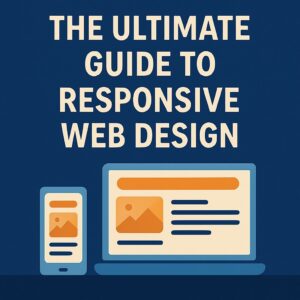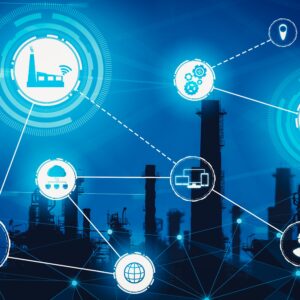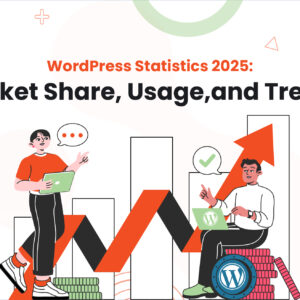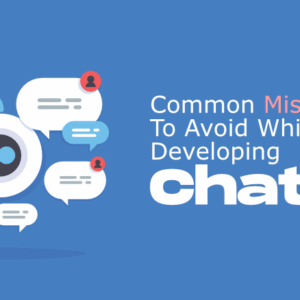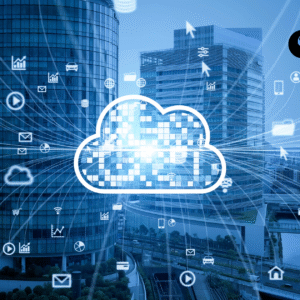Introduction
In 2025, the manufacturing industry is experiencing a seismic shift as artificial intelligence transforms everything from production lines to predictive maintenance. What was once considered a complex, slow-moving sector is now becoming smarter, faster, and more responsive—thanks to the integration of AI in manufacturing.
From reducing downtime and energy consumption to enhancing product quality and supply chain visibility, AI is not just a technological upgrade—it’s a strategic advantage. This blog explores how AI is redefining manufacturing processes and why businesses must invest now to stay competitive.
1. Predictive Maintenance Reduces Downtime
Unexpected equipment failure is one of the most expensive problems in manufacturing. With AI-powered predictive maintenance, machines now monitor themselves using real-time data from sensors and historical patterns.
Benefits:
-
Detect potential failures before they happen
-
Schedule maintenance during non-peak hours
-
Extend machinery lifespan
-
Eliminate unplanned downtime
By leveraging AI development services, manufacturers can build customized models to analyze equipment behavior and automate alerts across entire production facilities.
2. AI for Quality Control and Defect Detection
Traditional quality checks are slow, labor-intensive, and prone to human error. AI changes the game by analyzing product images, sensor data, and performance metrics in real time.
Applications:
-
Computer vision systems detect product flaws instantly
-
AI models learn from past defects to improve future detection
-
Data-driven analysis of product variance and root causes
This not only improves product consistency but also reduces returns, waste, and compliance issues.
3. Demand Forecasting and Inventory Optimization
Manufacturers often struggle with overproduction or understocking due to inaccurate demand forecasting. AI algorithms process historical data, seasonal trends, and market signals to forecast demand with high accuracy.
Impact:
-
Just-in-time inventory planning
-
Fewer stockouts and excess inventory
-
Improved supplier coordination
-
Higher customer satisfaction rates
Manufacturers partnering with AI development services can automate their entire procurement and production planning systems using predictive insights.
4. Supply Chain Visibility and Resilience
The COVID-era supply chain disruptions showed how fragile global operations can be. AI now enables real-time visibility into the entire supply network, detecting risks, delays, and cost inefficiencies proactively.
AI in manufacturing helps with:
-
Supplier risk analysis
-
Dynamic pricing and procurement
-
Route and freight optimization
-
Scenario planning for disruption response
With AI tools monitoring every node, manufacturers can pivot faster and make smarter decisions under pressure.
5. Robotic Process Automation (RPA) in Back-End Operations
Manufacturing isn’t only about machines—there’s a massive layer of administrative work like invoicing, compliance, and reporting. RPA powered by AI automates these tasks, reducing manual load and errors.
Use Cases:
-
Auto-generation of compliance reports
-
Invoice validation and processing
-
Real-time data logging and auditing
-
HR onboarding and shift scheduling
By removing human bottlenecks, AI speeds up processes and ensures consistent data accuracy across departments.
6. Energy Efficiency and Sustainability
AI doesn’t just improve productivity—it reduces environmental impact too. Smart factories now use AI to monitor and optimize energy usage in real time, helping reduce operational costs and meet ESG goals.
AI can:
-
Track energy consumption per unit produced
-
Optimize HVAC and lighting based on activity
-
Predict peak usage times and automate energy load shifts
These practices also support green manufacturing initiatives, enhancing your brand’s sustainability image.
7. AI-Driven Product Design and Prototyping
Before a product hits the assembly line, AI helps accelerate design, testing, and prototyping through simulation and generative design.
Key Benefits:
-
Run multiple design iterations in hours instead of weeks
-
Analyze material behavior under different conditions
-
Identify cost-effective and structurally sound configurations
-
Shorten time-to-market significantly
This approach saves R&D costs and increases innovation without compromising quality.
8. Real-Time Production Line Optimization
AI continuously analyzes factory floor data to optimize workflows, reduce idle time, and ensure balanced line loads.
Real-time capabilities include:
-
Monitoring bottlenecks across stations
-
Dynamic adjustment of machine schedules
-
Labor allocation based on output targets
-
Alert systems for process anomalies
Manufacturers using AI can increase output while maintaining or reducing operational expenses.
9. Human-Machine Collaboration (Cobots)
Collaborative robots (cobots) equipped with AI are being used to assist human workers rather than replace them.
Cobots are used for:
-
Repetitive assembly line tasks
-
Heavy lifting and high-precision work
-
Inspection support
-
Assisting elderly or differently-abled workers
With proper AI integration, cobots increase workplace safety and productivity while reducing employee fatigue.
10. Compliance and Risk Management
AI helps monitor compliance with global and industry-specific manufacturing standards, reducing regulatory risks and ensuring consistent documentation.
Tasks handled by AI:
-
Real-time monitoring of hazardous conditions
-
Document verification for audits
-
Automated safety incident reporting
-
Flagging quality or ethical production violations
AI improves transparency and accountability throughout the manufacturing process.
Conclusion
AI in manufacturing is more than automation—it’s the blueprint for the smart factories of the future. From enhancing productivity and quality control to driving sustainability and predictive insights, AI is transforming the sector into a responsive, data-driven powerhouse.
As competition intensifies and customer expectations rise, manufacturers investing in AI now will be the ones leading in innovation, profitability, and resilience by 2030.
